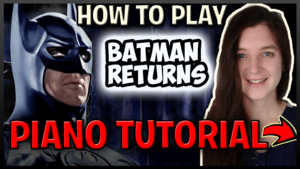
[xyz-ihs snippet="NavigationLinksBlock-Common"]
Autumn
(from The Four Seasons)
by Antonio Vivaldi
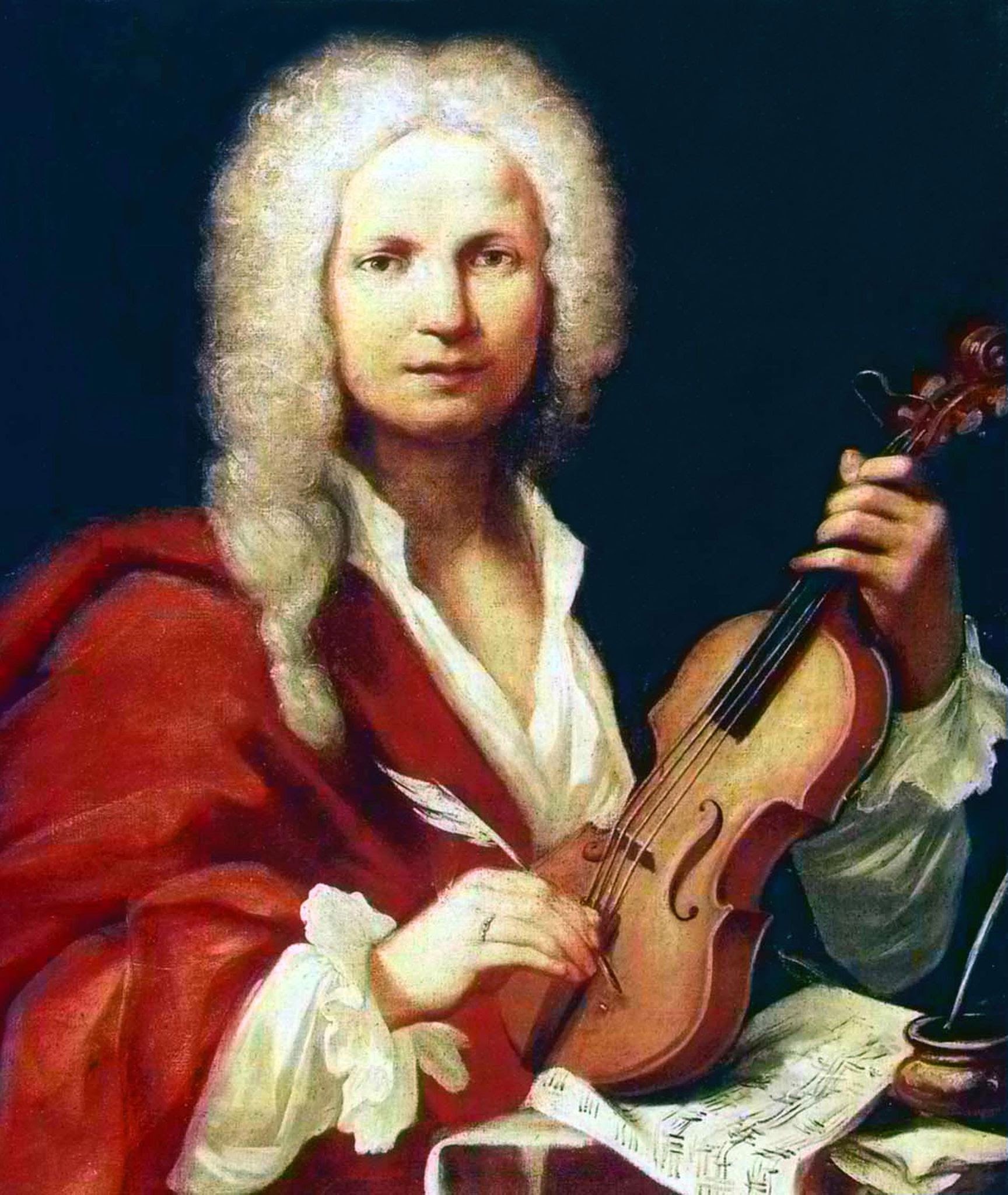
The "The Four Seasons"
The Four Seasons (Italian: Le quattro stagioni) is a group of four violin concerti by Italian composer Antonio Vivaldi, each of which gives musical expression to a season of the year. They were written around 1721 and were published in 1725 in Amsterdam, together with eight additional violin concerti, as Il cimento dell'armonia e dell'inventione ("The Contest Between Harmony and Invention").
The The Four Seasons is the best known of Vivaldi's works. Though three of the concerti are wholly original, the first, "Spring", borrows motifs from a Sinfonia in the first act of Vivaldi's contemporaneous opera Il Giustino. The inspiration for the concertos was probably the countryside around Mantua, where Vivaldi was living at the time. They were a revolution in musical conception: in them Vivaldi represented flowing creeks, singing birds (of different species, each specifically characterized), a shepherd and his barking dog, buzzing flies, storms, drunken dancers, hunting parties from both the hunters' and the prey's point of view, frozen landscapes, and warm winter fires.
Unusually for the period, Vivaldi published the concerti with accompanying sonnets (possibly written by the composer himself) that elucidated what it was in the spirit of each season that his music was intended to evoke. The concerti therefore stand as one of the earliest and most detailed examples of what would come to be called program music—i.e., music with a narrative element. Vivaldi took great pains to relate his music to the texts of the poems, translating the poetic lines themselves directly into the music on the page. For example, in the middle section of the Spring concerto, where the goatherd sleeps, his barking dog can be heard in the viola section. The music is elsewhere similarly evocative of other natural sounds. Vivaldi separated each concerto into three movements (fast–slow–fast), and, likewise, each linked sonnet into three sections.
[video width="640" height="360" mp4="https://www.easypianoonline.com/wp-content/uploads/2018/11/VivaldiFour-SeasonsAutumnAllegro.mp4"][/video]
Itzhak Perlman & The London Philharmonic Orchestra, Vivaldi, Four Seasons, Op. 8, Autumn - Allegro

[xyz-ihs snippet="NavigationLinksBlock-Common"]
Moonlight Sonata
by Ludwig van Beethoven
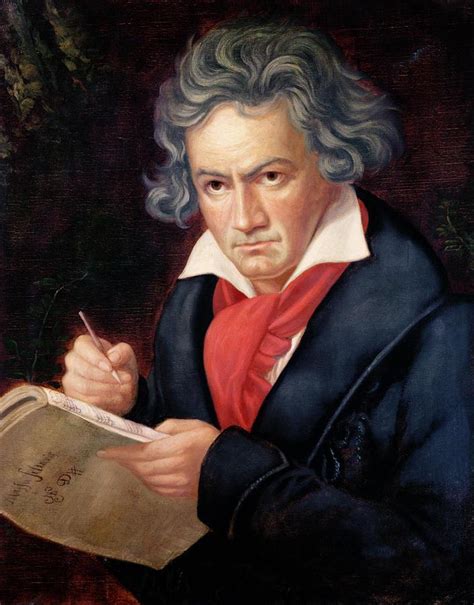
The Piano Sonata No. 14 in C♯ minor "Quasi una fantasia", Op. 27, No. 2, popularly known as the "Moonlight Sonata", is a piano sonata by Ludwig van Beethoven. It was completed in 1801 and dedicated in 1802 to his pupil, Countess Giulietta Guicciardi.
The piece is one of Beethoven's most popular compositions for the piano, and it was a popular favorite even in his own day. Beethoven wrote the Moonlight Sonata in his early thirties, after he had finished with some commissioned work; there is no evidence that he was commissioned to write this sonata.
[video width="640" height="360" mp4="https://www.easypianoonline.com/wp-content/uploads/2020/12/V-Horowitz-Piano-Sonata-Op-27-No-2-Moonlight-Beethoven-1972.mp4"]

[xyz-ihs snippet="NavigationLinksBlock-Common"]
Hungarian Rhapsody No.2
by Franz Liszt
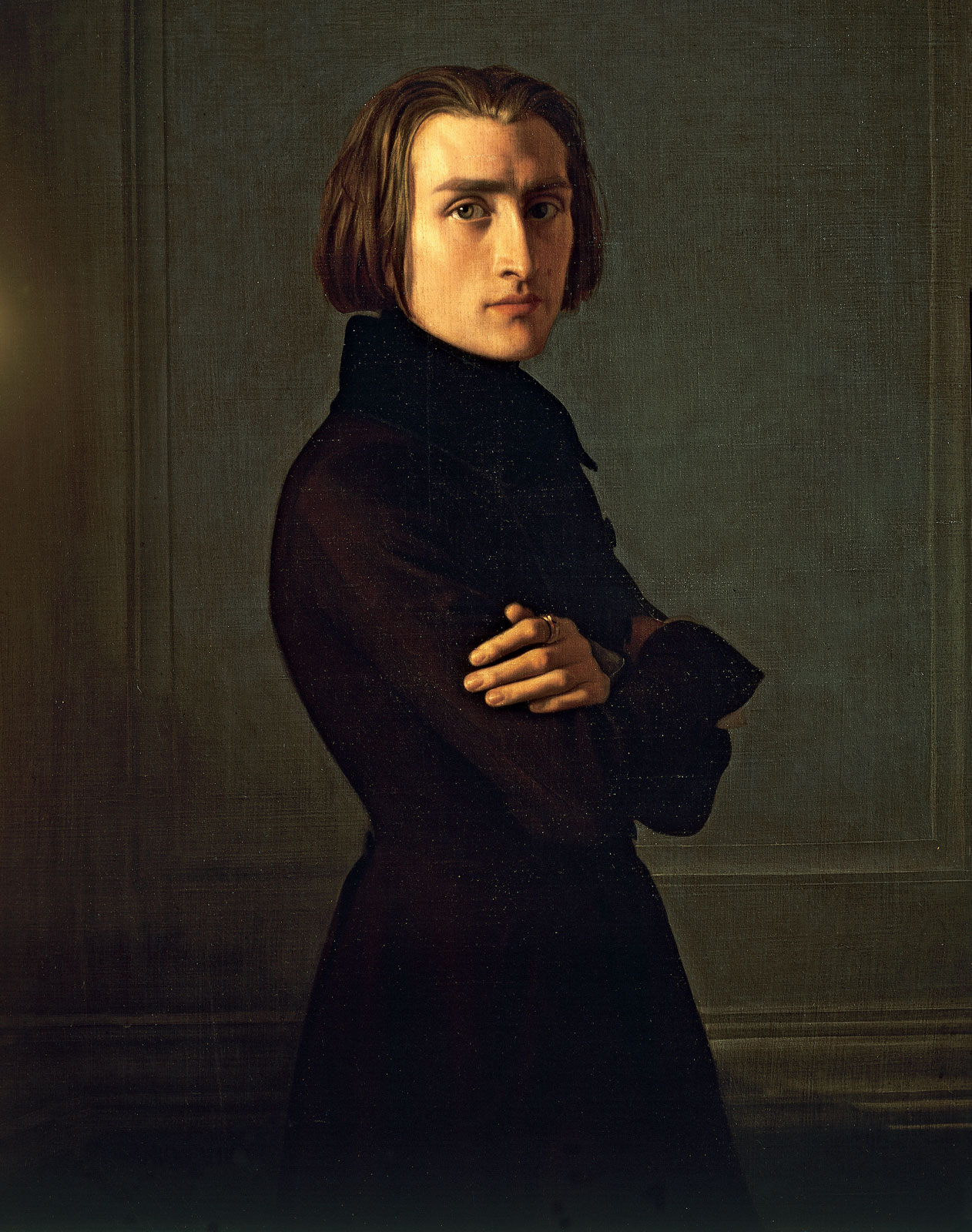
The "Hungarian Rhapsody No. 2 in C-sharp minor", is the second in a set of 19 Hungarian Rhapsodies by composer Franz Liszt, and is by far the most famous of the set.
In both the original piano solo form and in the orchestrated version this composition has enjoyed widespread use in animated cartoons. Its themes have also served as the basis of several popular songs.
[video width="640" height="360" mp4="https://www.easypianoonline.com/wp-content/uploads/2020/12/Liszt-Horowitz-Hungarian-Rhapsody-No-2-Horowitz-Rec-1953.mp4"]

[xyz-ihs snippet="NavigationLinksBlock-Common"]
Plaisir D'Amour
by Jean-Paul-Égide Martini
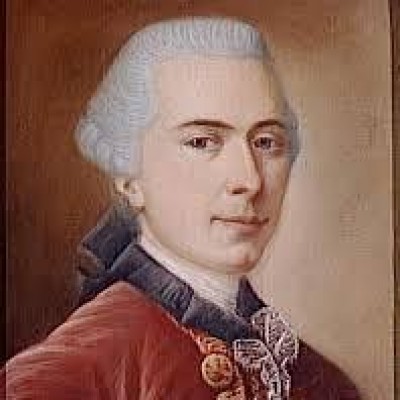
The "Plaisir D'Amour" (literally "The pleasure of love") is a classical French love song written in 1784 by Jean-Paul-Égide Martini (1741–1816); it took its text from a poem by Jean-Pierre Claris de Florian (1755–1794), which appears in his novel Célestine.
The song was greatly successful in Martini's version. For example, a young woman, Madame Julie Charles, sang it to the poet Alphonse de Lamartine during his cure at Aix-les-Bains in 1816, and the poet was to recall it 30 years later.
Hector Berlioz arranged it for orchestra (H134) in 1859. Louis van Waefelghem arranged the tune for viola d'amore or viola and piano in the 1880s. It has been arranged and performed in various pop music settings.
A version of the melody has been used in Elvis Presley's Can't Help Falling In Love and the 20th century Christian.
[video width="480" height="360" mp4="https://www.easypianoonline.com/wp-content/uploads/2018/11/PlesirDAmour.mp4"][/video]
Kathleen Battle - Plaisir d'amour
Lyrics (French)
Chagrin d'amour dure toute la vie
Tu m'as quitté pour la belle Sylvie
Elle te quitte pour un autre amant
Plaisir d'amour ne dure qu'un moment
Chagrin d'amour dure toute la vie
Tant que cette eau coulera doucement
Vers ce ruisseau qui borde la prairie
Je t'aimerai te répétait Sylvie
L'eau coule encore elle a changé pourtant
Plaisir d'amour ne dure qu'un moment
Chagrin d'amour dure toute la vie
Lyrics (English)
The pleasure of love lasts only for a moment,
The pain of love lasts a lifetime.
You’ve left me for the beautiful Sylvia,
And she’s leaving you for another lover.
The pleasure of love lasts only for a moment,
The pain of love lasts a lifetime.
"As long as this water will run gently
Towards this brook which borders the meadow,
I will love you", Sylvia told you repeatedly.
The water still runs, but she has changed.
The pleasure of love lasts only for a moment,
The pain of love lasts a lifetime.

[xyz-ihs snippet="NavigationLinksBlock-Common"]
Fantaisie Impromptu
by Frederic Chopin
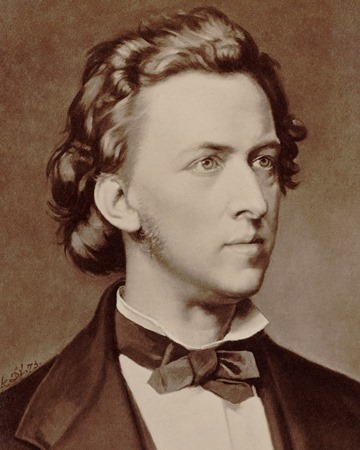
The "Fantaisie Impromptu" in C♯ minor Op. 66 is a solo piano composition. It was composed in 1834 and published posthumously in 1855 even though Chopin had instructed that none of his unpublished manuscripts be published.
The Fantaisie Impromptu is one of Chopin's most frequently performed and popular compositions.
[video width="640" height="360" mp4="https://www.easypianoonline.com/wp-content/uploads/2020/12/Fantaisie-Impromptu.mp4"]

[xyz-ihs snippet="NavigationLinksBlock-Common"]
O Sole Mio
by Eduardo di Capua
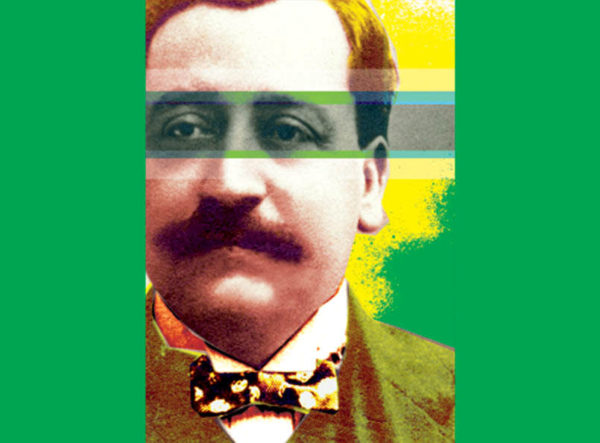
The "O sole mio" (Neapolitan pronunciation: [o ˈsoːlə ˈmiːə]) is a globally known Neapolitan song written in 1898. Its lyrics were written by Giovanni Capurro and the music was composed by Eduardo di Capua and Alfredo Mazzucchi (it) (1878–1972). There are other versions of "’O sole mio" but it is usually sung in the original Neapolitan language. ’O sole mio is the Neapolitan equivalent of standard Italian Il mio sole and translates literally as "my sunshine".
[video width="480" height="360" mp4="https://www.easypianoonline.com/wp-content/uploads/2018/11/OSoleMio.mp4"][/video]
O Sole Mio" Pavarotti, Carreras, Domingo - Rome 1990
Lyrics (Neapolitan Italian)
n'aria serena doppo na tempesta!
Pe' ll'aria fresca pare già na festa...
Che bella cosa na jurnata 'e sole.
Ma n'atu sole
cchiù bello, oje ne'.
O sole mio
sta 'nfronte a te!
O sole
O sole mio
sta 'nfronte a te!
sta 'nfronte a te!
Quanno fa notte e 'o sole se ne scenne,
me vene quase 'na malincunia;
sotto 'a fenesta toia restarria
quanno fa notte e 'o sole se ne scenne.
Ma n'atu sole
cchiù bello, oje ne'.
O sole mio
sta 'nfronte a te!
O sole
O sole mio
sta 'nfronte a te!
sta 'nfronte a te!
Songwriters: Di Capua / Evans Wynne / Nick Dodd / Nick Patrick
Lyrics (English translation)
What a wonderful thing a sunny day
The serene air after a thunderstorm
The fresh air, and a party is already going on…
What a wonderful thing a sunny day.
But another sun,
that’s brighter still
It’s my own sun
that’s in your face!
The sun, my own sun
It’s in your face!
It’s in your face!
When night comes and the sun has gone down,
I start feeling blue;
I’d stay below your window
When night comes and the sun has gone down.
But another sun,
that’s brighter still
It’s my own sun
that’s in your face!
The sun, my own sun
It’s in your face!
It’s in your face!

[xyz-ihs snippet="NavigationLinksBlock-Common"]
Pomp and Circumstance
by Sir Edward William Elgar
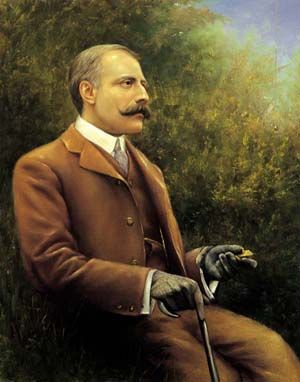
The "Pomp and Circumstance" Marches (full title Pomp and Circumstance Military Marches), Op. 39, are a series of marches for orchestra composed by Sir Edward Elgar. They include some of Elgar's best-known compositions.
Sir Edward Elgar, one of the greatest English composers, visited the Isle of Man in 1914 to adjudicate at the annual Manx Music Festival. He was impressed by Manx singers and urged them to form a Manx National Choir, which he said would be able to take its place amongst the great choirs of the world.
[video width="540" height="360" mp4="https://www.easypianoonline.com/wp-content/uploads/2018/11/Elgar-PompAndCircumstance.mp4"][/video]
Sir Edward William Elgar conducts the trio of his Pomp and Circumstance March no.1 at the opening of the Abbey Road Studios, London, on November 12 1931. His words, spoken to the orchestra at the beginning of this short film clip, are as follows: Good morning gentlemen. Glad to see you all. Very light programme this morning. Please play this tune as though you've never heard it before.

[xyz-ihs snippet="NavigationLinksBlock-Common"]
Prelude in C# minor
by Sergei Rachmaninoff
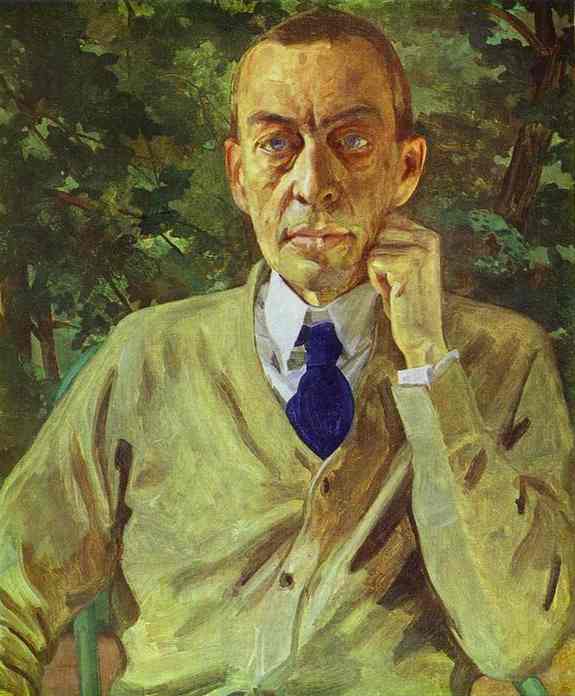
Sergei Rachmaninoff's "Prelude in C# minor (Russian: Прелюдия), Op.3, No.2" , is one of the composer's most famous compositions. Part of a set of five piano pieces entitled Morceaux de fantaisie, it is in 62-bar prelude in ternary (ABA) form. It is also known as The Bells of Moscow since the introduction seems to reproduce the Kremlin's most solemn carillon chimes.
Its first performance was by the composer on 26 September 1892, at a festival called the Moscow Electrical Exhibition. After this première, a review of the concert singled out the Prelude, noting that it had “aroused enthusiasm”. From this point on, its popularity grew.
Rachmaninoff later published 23 more preludes to complete a set of 24 preludes covering all the major and minor keys, to emulate earlier sets by Bach, Chopin, Alkan, Scriabin and others.
[video width="640" height="360" mp4="https://www.easypianoonline.com/wp-content/uploads/2020/12/Emil-Gilels-Rachmaninov-Prelude-No-2-in-C-sharp-minor-Op-3.mp4"]
Emil Gilels - Rachmaninov - Prelude No.2 in C sharp minor, Op.3

[xyz-ihs snippet="NavigationLinksBlock-Common"]
Piano Concerto in A minor
by Edvard Grieg
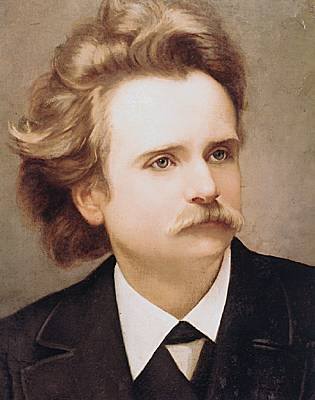
The "Piano Concerto in A minor, Op. 16", composed by Edvard Grieg in 1868, was the only concerto Grieg completed. It is one of his most popular works and among the most popular of all piano concerts.
Edvard Hagerup Grieg was a Norwegian composer and pianist. He is widely considered one of the leading Romantic era composers, and his music is part of the standard classical repertoire worldwide.
[video width="640" height="360" mp4="https://www.easypianoonline.com/wp-content/uploads/2020/12/Piano-Concerto-A-Minor-Po-16-Grieg.mp4"]

[xyz-ihs snippet="NavigationLinksBlock-Common"]
MARCH
(from Nutcracker Suite)
by TCHAIKOVSKY
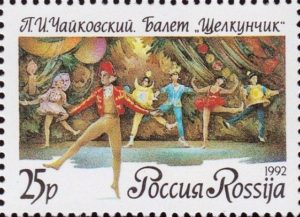
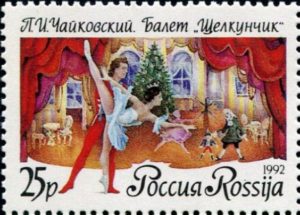
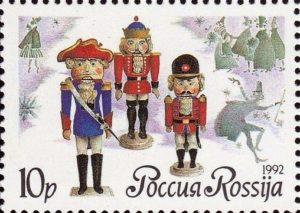
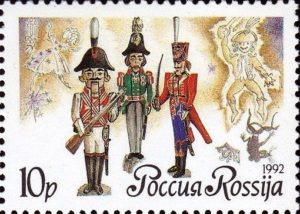
The "MARCH" from "Nutcracker Suite" is one of the most well-known and recognized melodies of Tchaikovsky's famous ballet. The actual title of the piece is "March," but most people refer to it as "The Nutcracker March."
It is also referred to "The March of the Nutcracker."
[video width="640" height="360" mp4="https://www.easypianoonline.com/wp-content/uploads/2018/11/NutcrackerMarch.mp4"][/video]
Russian Nutcracker, performed by the Mariinsky Ballet, Tchaikovsky's glorious score is conducted by Valery Gergiev.

[xyz-ihs snippet="NavigationLinksBlock-Common"]
William Tell Overture
by Gioachino Rossini
The "William Tell Overture" is the overture to the opera William Tell - the last of Rossini's 39 operas.
The overture, with its famous finale, "March Of The Swiss Soldiers", is a major part of the concert and recording repertoire.
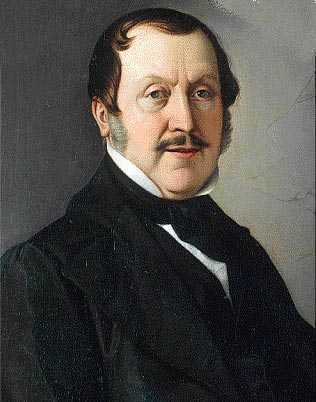
It is particularly familiar through its use in the American radio and television shows of The Lone Ranger. Several portions of the overture were used prominently in the films A Clockwork Orange and The Eagle Shooting Heroes.
[video width="640" height="360" mp4="https://www.easypianoonline.com/wp-content/uploads/2018/11/WilliamTellFinale.mp4"][/video]
Milwaukee Symphony Orchestra
The Milwaukee Symphony Orchestra, under the baton of Edo de Waart, performs the thrilling finale to Rossini's William Tell Overture.

[xyz-ihs snippet="NavigationLinksBlock-Common"]
Surprise Symphony
by Franz Joseph Haydn
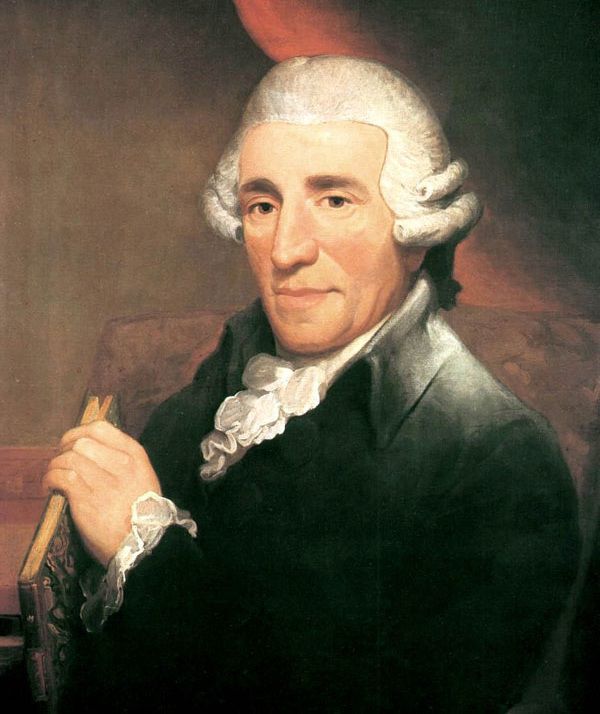
The "Surprise Symphony" The perennially popular Symphony No. 94 in G Major. The piece gained fame when the composer himself, while serving as conductor, impulsively altered the dynamics of the second movement.
There has been much speculation on the reason behind the change. According to one account, Haydn had already given the downbeat to begin the movement when the gentle snores of a front-row patron piqued his sense of humour.
He and his musicians forged ahead with the little theme until reaching its final chord, for which Haydn cued an immense fortissimo (loud tone), bringing the drowsy patron to his feet. Whatever Haydn’s motivation, the episode ultimately earned for the work its everlasting nickname, Surprise Symphony — in English. In German it is known as the symphony mit dem Paukenschlag - that is, “with the drum stroke.”
[video width="640" height="360" mp4="https://www.easypianoonline.com/wp-content/uploads/2020/12/Franz-Joseph-Haydn-Symphony-No-94-2-mvt-Surprise-symphony.mp4"]

[xyz-ihs snippet="NavigationLinksBlock-Common"]
The Piano Concerto No. 1
in B-flat minor, Op. 23
by Pyotr Ilyich Tchaikovsky

"The Piano Concerto No. 1 in B-flat minor, Op. 23" was composed by Pyotr Ilyich Tchaikovsky between November 1874 and February 1875.
It is one of the most popular of Tchaikovsky's compositions and among the best known of all piano concertos.
[video width="640" height="360" mp4="https://www.easypianoonline.com/wp-content/uploads/2020/12/The-Piano-Concerto-1-Tchaikovsky.mp4"]

Music And Human Health In our complex world, any phenomenon can be used for both good and bad. Music is no exception. It’s a pity…

The Mystery Of Music
collections of links to interesting content
Rock-and-roll, Dr. Bharucha said, is often thought to be a new form of music, but in fact it uses chords and elemental patterns that go back centuries.
Ironically, as far as pitches and harmonies go, rock-and-roll is more traditional and has changed less than classical music, he said, which may help explain its popularity.
* The Mystery Of Music and How It Works In the Brain
Music and Emotions
Free download of the e-book “Music and Emotion – Research on the Theory of Musical Equilibration
or on the online journal EUNOMIOS
The Ethan Hein Blog
The Musical Octave
by Thomas Váczy Hightower The Musical Octave













